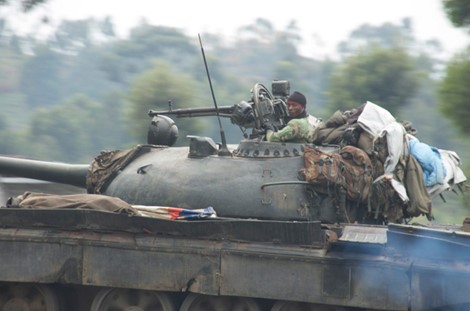America Must Act to Prevent a Rwanda-Congo War
Post By Diaspoint | April 3, 2024

The last major war in the Great Lakes region killed more than 5 million people. Only pressure from Washington can stop conflict from erupting again.
In the summer of 2022, I crossed from Rwanda into the besieged Congolese city of Goma. The slick Rwandan border police and their Chinese-made black polymer carbines stood in stark contrast to the weary Congolese soldiers’ ancient Kalashnikovs. “We can’t invade Rwanda or Uganda,” a hardened Congolese provincial politician admitted to me. He slid his fingers across his neck, adding, “But we can’t negotiate with a knife to our throat.”
Since that conversation, Rwandan troops and their local March 23 Movement (M23) proxy forces have completely encircled Goma. While the Rwandan government simultaneously denies supporting M23 while justifying its intervention as necessary for Rwandan security, the direct involvement of Rwanda has been extensively documented by the United Nations and acknowledged with alarm by the U.S. State Department.
Humiliated, many Congolese are now ready to take the war to its source. The prospect of interstate war in the region looms once more. The last time these states committed to war, as many as 5.5 million people died. The United States is the leading bilateral donor to Rwanda, giving over $170 million in assistance last year to a country where more than 40 percent of the national budget is made up of international aid. The U.S. government needs to use its overwhelming leverage to keep this deadly inferno in check.
Rwandan support for M23 introduces an unacceptable risk of regional escalation. Congolese President Felix Tshisekedi is managing the aftermath of his recent controversial reelection; Burundi’s elite is well armed and divided; Uganda is approaching a leadership succession crisis as its aging president, 79-year-old Yoweri Museveni, promotes his unpredictable son (best known for his undiplomatic use of social media) to head the armed forces; and Rwanda’s veneer of development hides its own volcanic tensions.
Read More from original source
